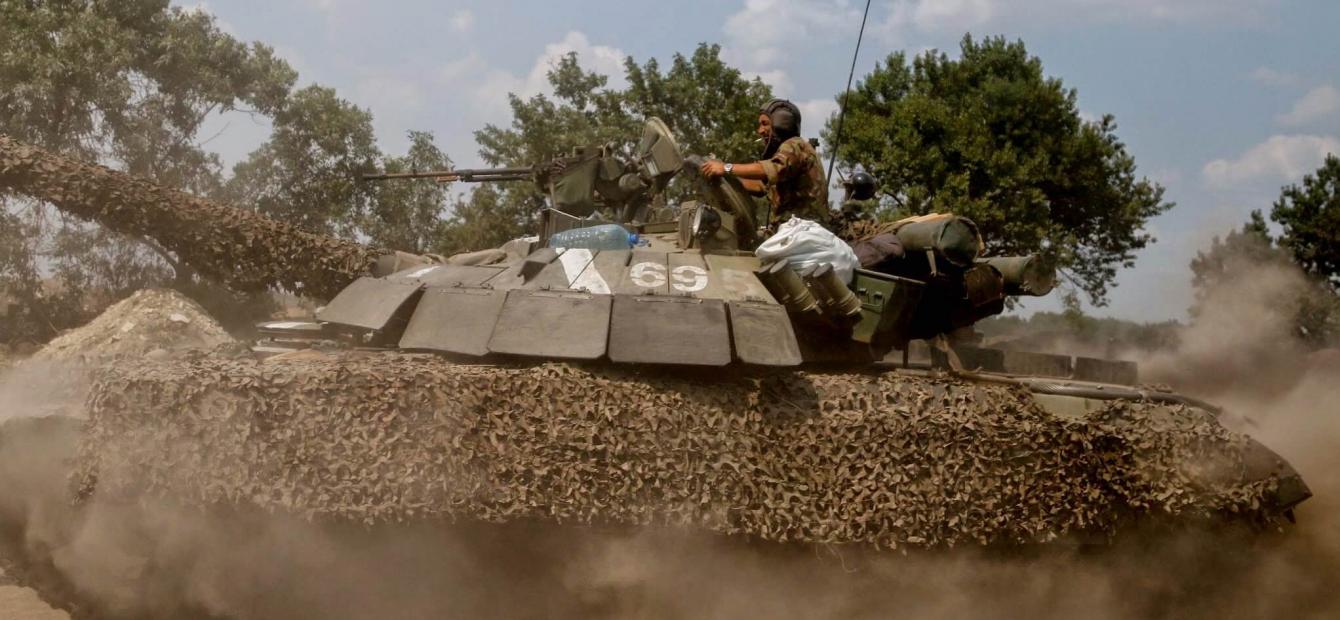
Russia’s military build-up near Ukraine: five questions
Russia’s military build-up in Crimea and around Eastern Ukraine raises international tensions. Is a full-scale Russian invasion of Ukraine possible? Ukrainian expert Taras Kuzio argues that Russia’s latest build-up of armed forces on the border with Ukraine raises five key questions.
1: Why now?
The answer is clear: both Russia and Ukraine have come to believe that peace negotiations on the war in the Donbas – which has been raging on for seven years – has reached a dead end. Ukraine’s President Volodymyr Zelenskyy came to power in the hope that this peace process could be reinvigorated. These hopes proved to be naïve, since Russia has been unwilling to compromise or back down.
Zelenskyy would not have sanctioned three television channels (NewsOne, 112, ZiK) owned by Vladimir Putin’s man in Ukraine, Viktor Medvedchuk, if he believed there was still a chance of negotiating a peace deal. This move, and his initiative to establish a so-called ‘Crimean Platform'1 to raise international pressure on Russia over its occupation of the peninsula, have obviously angered President Putin and spurred him into action against Ukraine.
Another factor may well be that Putin likes to boost his domestic image by a show of (military) strength, repeating the ‘Crimean effect’ of 2014. Embarking on a new punitive military intervention into Ukraine would certainly boost Putin’s dwindling popularity. It could also be Putin’s chest-thumping response to US President Joe Biden calling him a ‘killer’2 – proving him right.
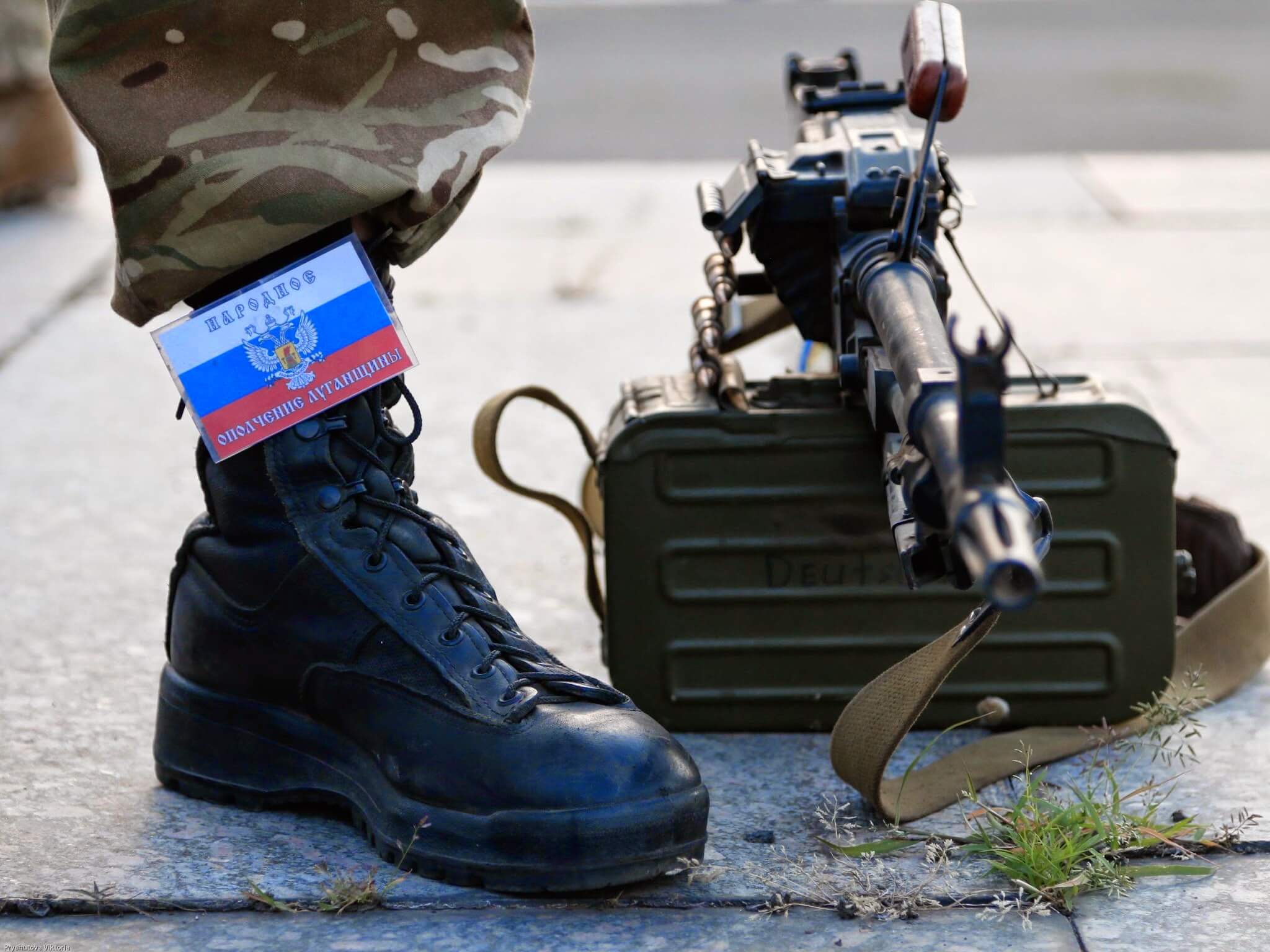
2: How many Russian forces would be needed?
Western experts believe a full invasion of Ukraine would require at least half the Russian army. If this were correct, this would require pulling Russian forces out of the Far East, and from the borders with China, Central Asia, and the Caucasus. Russia’s last invasion of Ukrainian territory, in January 2015, used military units from the Buryat region on the Mongolian border.
Clearly, such an invasion would not be a piece of cake, as Ukraine itself has built a professional army during Petro Poroshenko’s presidency from 2014 to 2019. Ukraine’s armed forces are in relatively good shape, possess US Javelin anti-tank missiles, and would without a doubt fight ferociously. They would be backed by territorial defence forces acting as partisans and, as in the 2014 crisis, by nationalist volunteers.
3: How would a new invasion impact Russia’s ongoing disinformation campaign on the situation in the Donbas and Crimea?
Putin has stuck to the claim (and obvious myth) that Russian forces are not present in Ukraine. If his forces were now to invade Ukraine, for the whole world to see, this claim would clearly be refuted.
Putin’s obvious deceit is of course not believed by NATO and Western governments. However, Putin is deepening this lie by claiming that the Donbas is engaged in a ‘civil war’, without any Russian involvement. A possible new Russian intervention would also show that the armed forces of the so-called Donetsk and Luhansk People’s Republics, which would undoubtedly assist a Russian invasion), are little more than Russian proxies.
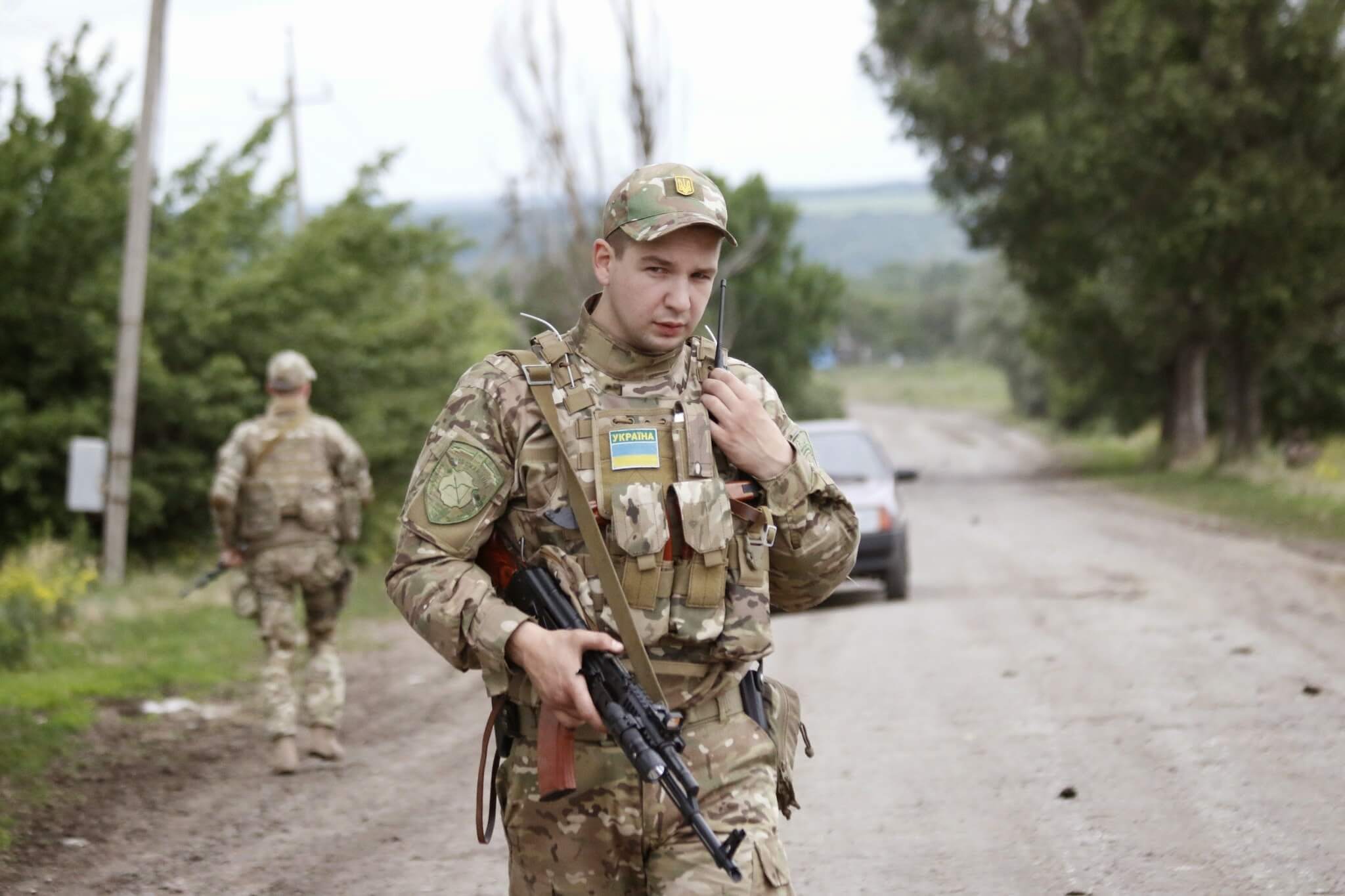
4: What are Putin’s goals if his forces would indeed invade Ukraine?
After all, it is one thing to invade and show off Russia’s military superiority, but quite another to actually occupy the large territory of Ukraine – which is about the size of France.
Would Putin be seeking regime change, like he tried in Georgia in 2008? This is unlikely, since Ukraine lacks substantial popular pro-Russian forces and there is no pro-Russian leader who could be installed to replace Zelenskyy. Putin’s man in Ukraine, Medvedchuk, has less than five per cent support.
A Russian occupation force seeking to impose Medvedchuk as Ukrainian president would face an armed Maidan far bloodier than that in 2014
Russia desperately wants Ukraine to behave like Belarus. This already proved difficult prior to 2014, and has now become impossible due to the boost of Ukraine’s national self-confidence and identity brought on by the war.
In Belarus, President Alexander Lukashenko’s popular support is based on Soviet nostalgia, which was tested and proved fragile during last year’s popular revolution. In Ukraine, Soviet nostalgia lacks any popular support outside the Russian occupied Crimea and Donbas. A Russian occupation force seeking to impose Medvedchuk as Ukrainian president would face an armed Maidan far bloodier than that in 2014.
5: What are the (foreign) policy ramifications of a possible Russian military intervention?
The Levada Centre, Russia’s last remaining independent sociological think tank, found that 86 per cent of the Russians support the annexation of Crimea and only 10 per cent is against.3
Russians also believe the official lie that Russian forces are not in the Donbas and that a ‘civil war’ is taking place in Ukraine. A Russian invasion of Ukraine would destroy these lies that state-controlled television delivers into Russian homes.
Of all Ukrainians, 82 per cent no longer feel Russians to be their ‘brothers’.4 Meanwhile, Russians still believe this Soviet myth and are therefore largely opposed to Russia waging a war against their ‘brothers’. Such a war against the Ukrainians would in turn energise anti-Putin protests and strengthen demands for the release of Alexei Navalny, who supports Crimea’s annexation but opposes Russian military aggression in eastern Ukraine.
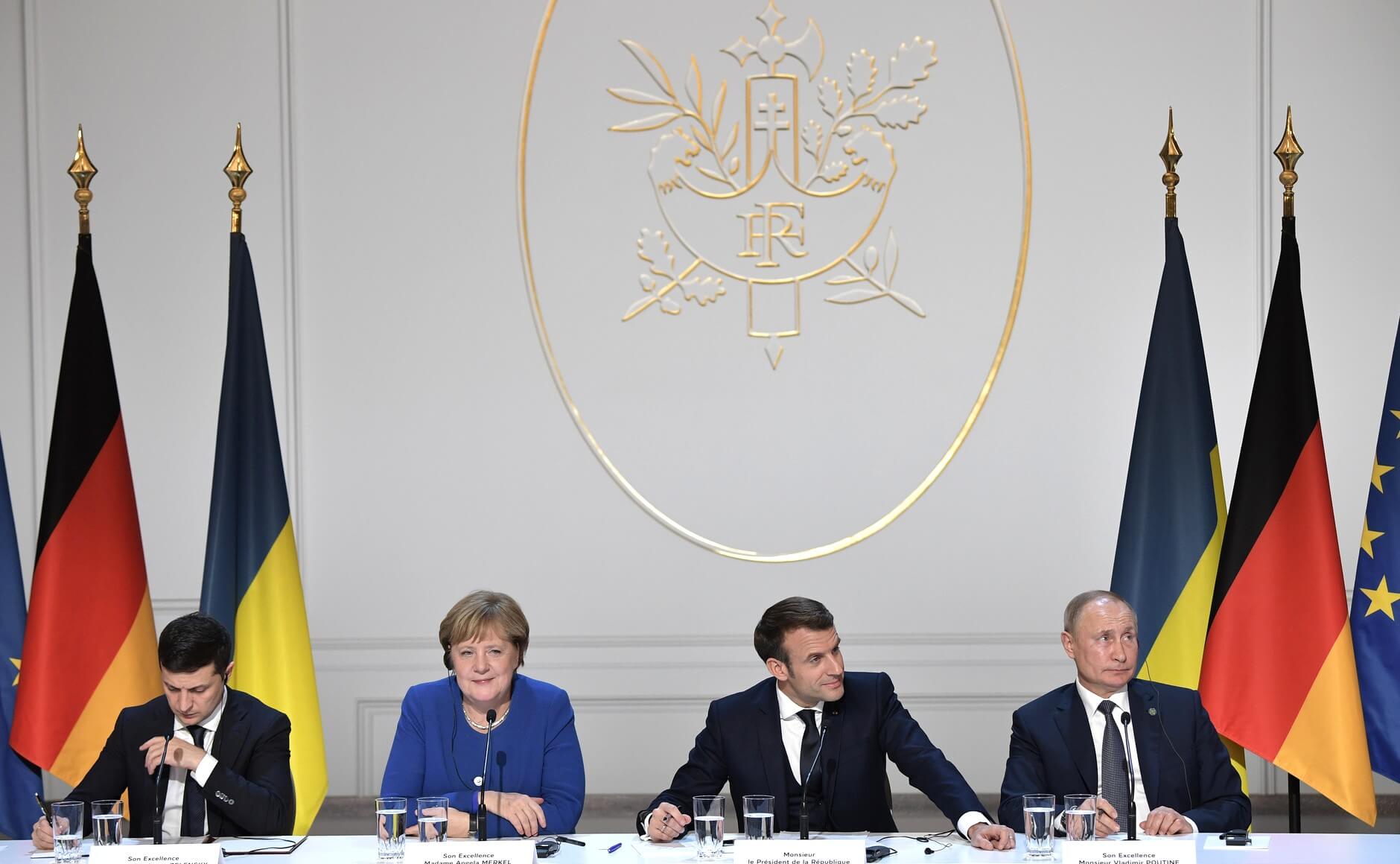
Internationally, a Russian invasion would put into question Russia’s seat in the Normandy Group, which was created in 2014 with France, Germany and Ukraine to discuss the peace process. Russia could hardly be considered a peacemaker if it acts as an invader.
Ukraine has already declined to participate in the OSCE’s Minsk peace process as long as Russian proxies and Russian forces continue to break the ceasefire and kill Ukrainian soldiers. Russia’s membership of the Minsk peace process would become untenable, as would Donetsk and Luhansk People’s Republic representatives participating in peace talks.
Invasion of Ukraine is unlikely
A Russian invasion of Ukraine is therefore unlikely, since it would bring on a ‘Vietnam-scenario’, with Russian forces bogged down in heavy fighting, a possible return of a new Cold War, and heightened nuclear tensions akin to the Cuban missile crisis.
NATO forces would be placed on high alert and rapid reaction forces would be moved to the three Baltic states and Poland. Tougher sanctions targeting Putin and Russian oligarchy’s financial interests in the West would undoubtedly ensue. Russia could even be classified as a ‘rogue/terrorist state’.
Despite all alarmism, Russia’s military build-up on Ukraine’s border mainly aims to provoke Kyiv
Mikhail Zygar, author of the 2016 book All the Kremlin's Men: Inside the Court of Vladimir Putin, wrote that Putin has been “obsessed” about Ukraine since his first year in office.5 However, as these five points show, Russia’s options vis-à-vis Ukraine are severely limited.
This may explain Putin’s deep frustration, as he is not able to satisfy his obsession by militarily pressuring Ukraine to follow Belarus. Russia’s military aggression has strengthened Ukraine’s resolution to reclaim its full sovereignty, which ensures that no Ukrainian leader will act in the same manner as Lukashenko once did.
Despite all alarmism, Russia’s military build-up on Ukraine’s border mainly aims to provoke Kyiv, following the 2008 scenario vis-à-vis Georgia. Back then, Russia provoked Georgia to first intervene in South Ossetia, and afterwards invaded Georgia to ‘defend’ Russian passport-holders.
In April 2019, after Zelenskyy was elected president, Russia began distributing passports in the part of the Donbas (an Eastern Ukrainian region) it occupies. In 2008, Georgian President Mikhail Saakashvili should have restrained from reacting to Russian provocations, because not doing so resulted in a military conflict. Luckily for Ukraine, President Zelenskyy is cut from a very different cloth.
- 1Vladimir Socor, ‘Crimea Platform: Ukraine’s Initiative to Raise the Costs of Russia’s Occupation’, Eurasia Daily Monitor, volume 18, issue 25, 15 February 2021.
- 2New York Times, 'Russia Erupts in Fury Over Biden’s Calling Putin a Killer', March 18, 2021.
- 3Levada-Center, ‘Crimea: Five Years,’ 11 April 2019.
- 4Stanislkav Kulchytskyy and Mykhaylo Mishchenko, Ukraine on the Threshold of a United Europe, Kyiv: Razumkov Centre, 2018.
- 5Mikhail Zygar, All the Kremlin's Men, the History of Putin's Russia, New York City: Public Affairs, 2016.


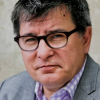
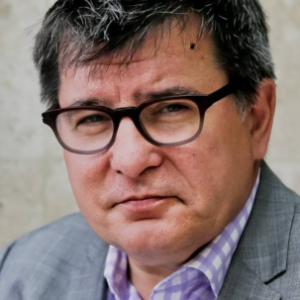

2 Comments
Load comments
RUSSIA’S MILITARY BUILD-UP NEAR UKRAINE: FIVE QUESTIONS
Vitayu ! Doesn't the penultimate sentence contain an error? Didn't you mean "DOING SO" instead of "NOT DOING SO" ? [In 2008, Georgian President Mikhail Saakashvili should have restrained from reacting to Russian provocations, because NOT DOING SO resulted in a military conflict.] ?
KUZIO: RUSSIA’S MILITARY BUILD-UP NEAR UKRAINE: FIVE QUESTIONS
"Russia and Ukraine have come to believe that peace negotiations has reached a dead end."
A fatal flaw of Minsk was the absence of the US. Just as Kyiv regards the "DNR" and "LNR" as puppets of Moscow, the Kremlin sees Ukraine as an American puppet. Putin believes that Kyiv is only fighting because of Washington. Only through dealing directly with Washington would he have made a workable deal at Minsk. The fact that he wanted the Americans out of the negotiations indicates that he was only interested in an unconditional surrender. At Minsk, he has repeatedly demanded control of Ukraine's domestic, foreign, economic and defence policy, ie. the end of Ukrainian independence. Since 2014, the separatists have vowed to "purge" all of Ukraine of all independence and democracy. This is an existential war - Ukrainian freedom v Russian tyranny.
"Putin likes to boost his domestic image." Some fight for territory or resources or ideology, but Putin fights for vainglory. This makes his behaviour all the more erratic and dangerous. His current sabre-rattling is like the school bully who approaches his victim and sharply raises his fists, as if about to strike. The victim raises his arms defensively. The bully then exclaims, "You are paranoid! I wasn't going to hit you!" He continues to do it until the moment he decides to hit his victim for real. He then says, "Why are you hitting my fist?" Typical schoolyard bully.
"Joe Biden called him a killer." Biden is guilty of what the British call "stating the bloomin' obvious."
Death toll for the wars in Chechnia: 150,000-200,000, Georgia: 1500, Ukraine: 15,000, Syria: 700,000. Plus all the murdered journalists, human rights activists and opposition politicians. Yet RT baulks at the suggestion that their employer is a killer.
"a full invasion of Ukraine would require at least half the Russian army." This assumes that Putin wants all of Ukraine. He may decide on seizing the Black Sea coastal regions only. This will deny Ukraine access to the sea and all sea-based trade. An historical precedent are the 18th century partitions of Poland. Poland was not wiped off the map overnight, but in a series of Russian-led land grabs over 23 years.
"Medvedchuk, has less than five per cent support." This will not concern Putin. In pre-2014 Crimea, Sergei Aksyonov and his Russian Unity Movement enjoyed very little popular support but this did not stop Putin making him figurehead governor of the peninsula after the annexation.
I question the claim that most Russians think that their military are not involved in Donbas. Enough Russians have fought and died there to dispel any myth of non-intervention. The article does not mention the fact that most Russians appear to believe that most of the fighting in Donbas is between Russian forces and troops from the US, UK, Germany and Poland. Western leaders frightened of Russia's possible reaction to NATO troops in Ukraine are missing the point. Putin and the Russian media have convinced themselves that they are there already.
The article does not mention the myth of "humanitarian intervention" a la former Yugoslavia. Russians believe that their troops went into Crimea and Donbas to prevent Balkan-style ethnic cleansing. This myth will be told again in any further invasion.
‘Vietnam-scenario’- this is a false analogy. Vietnam received unlimited amounts of help from China and the USSR. It is questionable as to whether NATO will be so generous with Ukraine, and Putin knows it.
"Russia could even be classified as a rogue/terrorist state." Given the Russian government's behaviour since 2000, I am surprised that this was not done long ago.
Add new comment